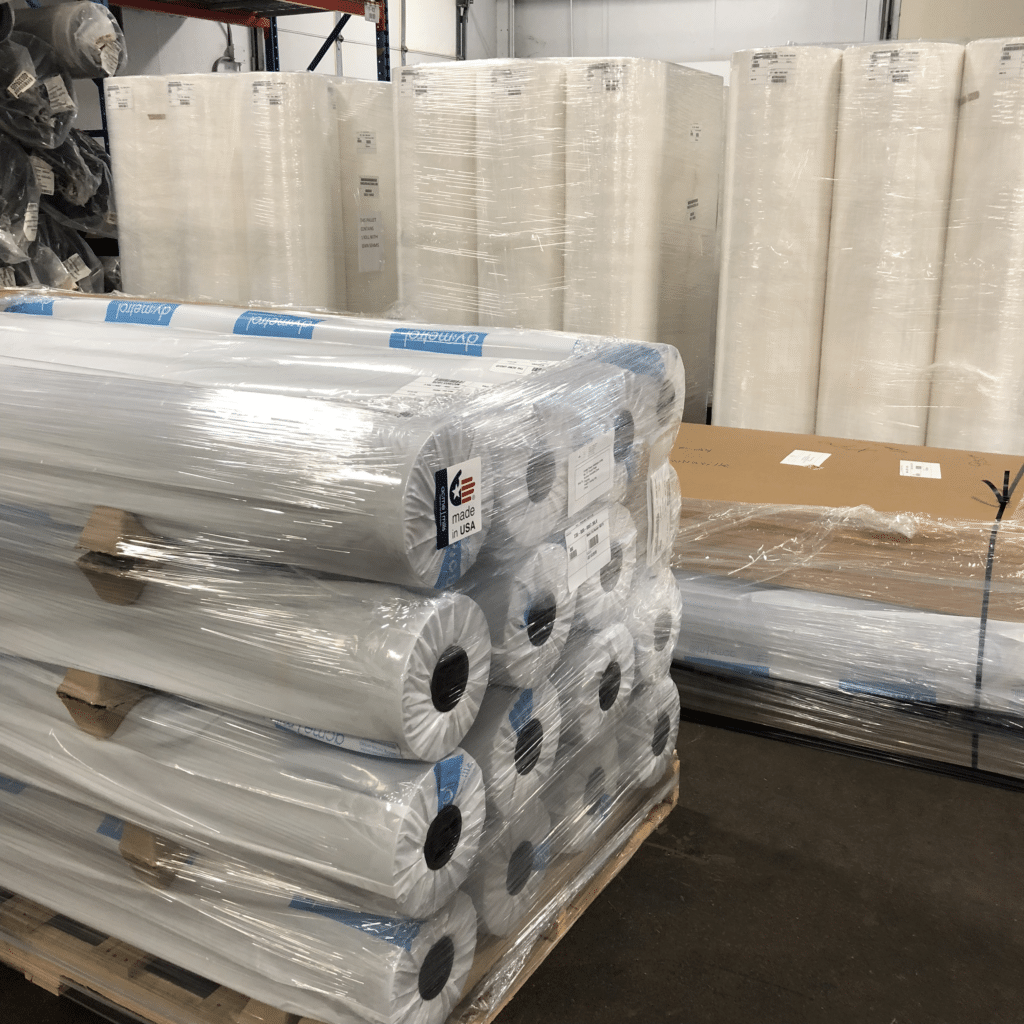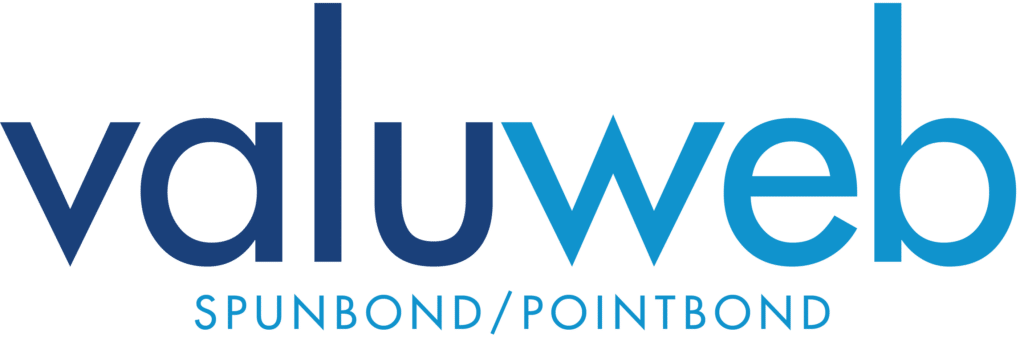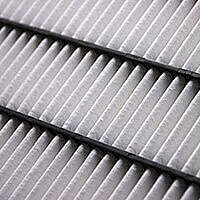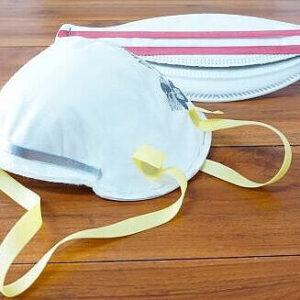ValuWeb Spunbond/Pointbond Textiles Overview
ValuWeb Spunbond and pointbond textiles are a type of nonwoven fabric made by bonding polymer filaments that are extruded, drawn, and laid into a web. Pointbonding is a process where specific points on the fabric surface are heat-treated to enhance durability and performance, resulting in a lightweight yet strong material. These textiles are valued for their versatility, durability, and adaptability across a wide range of applications and industries.


Key Characteristics

Strength & Durability
High tensile strength and resistance to tearing or punctures.

Lightweight
Provides structural integrity without adding significant weight.

Breathability
Allows air and moisture permeability where needed.

Customizable Properties
Can be treated for UV resistance, flame retardancy, or chemical resistance.

Cost-Effective
Efficient production methods lead to economic benefits without compromising quality.
Acme Mills’ Spunbond/Pointbond Textiles
At Acme Mills, we provide high-quality spunbond and pointbond nonwoven textiles designed to meet the most demanding requirements across industries. Our textiles feature:
Applications of Spunbond/Pointbond Textiles

Medical and Pharmaceutical

Military

Construction

Chemical

Food & Beverage

Automotive
Other Industries
Why Choose Acme Mills for Spunbond/Pointbond Textiles?
Acme Mills has built a legacy of innovation and reliability, offering unmatched textile solutions for over a century.

PROVEN
PERFORMANCE
Trusted by industries worldwide for delivering high-quality materials.

TAILORED
SOLUTIONS
Expertise in customizing products to meet unique demands.

SUSTAINABILITY
Focused on providing environmentally friendly options for our clients.

PARTNERSHIP APPROACH
Collaborating with industry leaders to advance textile technology.




Experience the Acme Mills Difference
From medical and military to construction and automotive, Acme Mills’ spunbond/pointbond textiles offer a balance of strength, adaptability, and innovation. Let us help you meet your industry’s specific needs with materials engineered to perform.









